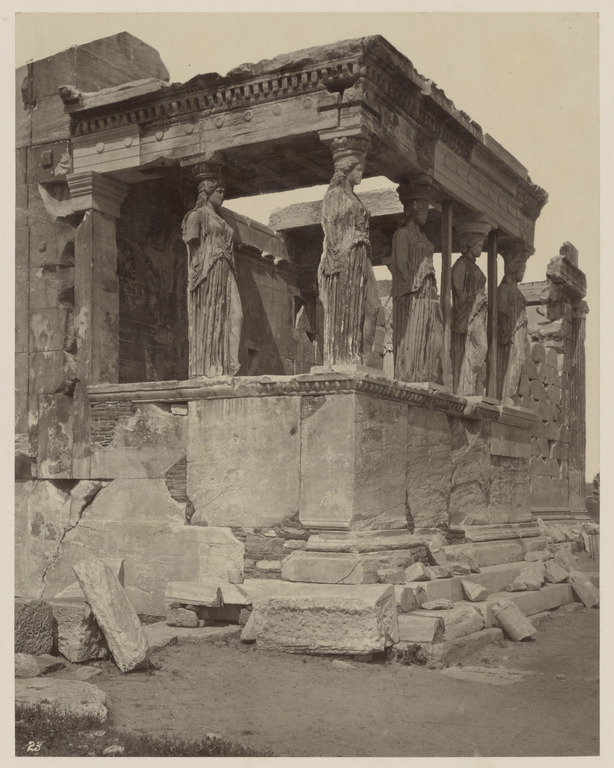601
602
603
604
Game of Hounds and Jackals 12th Dynasty, Middle Kingdom c.1814-1805 BC. Now on display at the British Museum. Detailed post: instagram.com/archaeologyart
607
608
609
610
611
612
614
615
617
Mesopotamian Kudurru (Boundary Stone), 2nd Dynasty of Isin, 1157-1025 BC. Collection: California Museum of Ancient Art (CMAA). Detailed post: instagram.com/archaeologyart
619
620
622
623




























